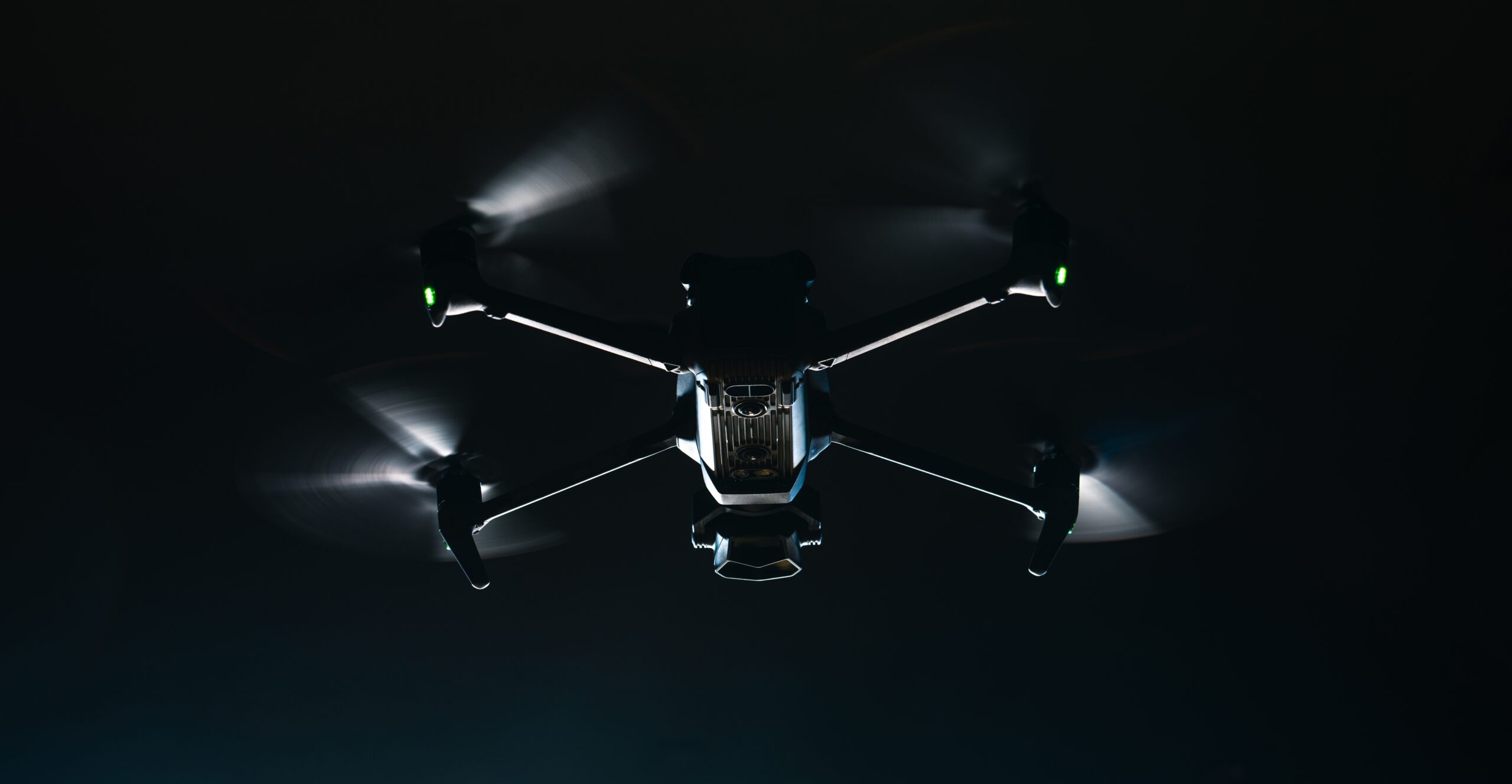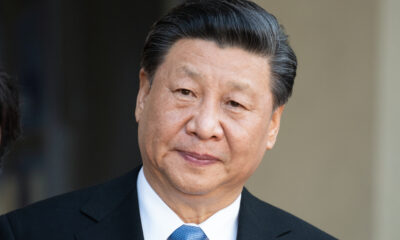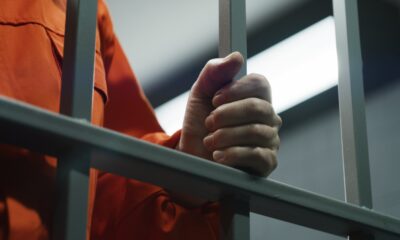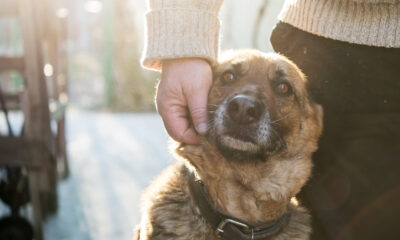Drone Swarm STRIKES Ukraine – What’s Next?

Russia launched its largest drone assault on Ukraine, deploying nearly 500 drones and 20 missiles in an overnight offensive that damaged military infrastructure and prompted NATO to scramble fighter jets to protect allied airspace.
At a Glance
- Russia conducted an unprecedented attack on Ukraine with 479 drones and 20 missiles, the largest drone assault since the war began
- Ukrainian air defenses intercepted 460 drones and 19 missiles, but damage was reported at a military airfield near the Polish border
- NATO allies including Poland scrambled jets to protect airspace, with Secretary General Rutte calling for a 400% increase in air defense funding
- The assault occurred alongside a prisoner swap between Russia and Ukraine, primarily involving wounded soldiers and those under 25
- Russia claimed the attack was in response to Ukrainian strikes on Russian military bases earlier this month
Unprecedented Scale of Attack
Russian forces unleashed what Ukrainian officials describe as the largest drone attack of the war, targeting Ukraine with 479 drones and 20 missiles in a massive overnight assault. Ukrainian air defense systems successfully intercepted the majority of the projectiles, shooting down 460 drones and 19 of the 20 missiles. Despite the high interception rate, damage was reported at a military airfield in Dubno, located near Ukraine’s western border with Poland, with one person reported injured. No deaths were reported in the widespread attack that tested Ukraine’s air defense capabilities to their limits.
The Russian Defense Ministry framed the assault as retaliation for Ukrainian drone strikes on Russian military facilities earlier this month. The scope of the attack demonstrates Russia’s continued ability to conduct large-scale operations despite being more than two years into the conflict. Ukrainian President Volodymyr Zelensky’s advisor warned that this escalation indicates Russia’s unwillingness to seek diplomatic solutions, stating that Moscow “can only be stopped by force.”
NATO Response and Defense Initiatives
The proximity of the attacks to NATO territory prompted an immediate response from Poland and other alliance members, who scrambled fighter jets to protect their airspace. The incident has intensified calls within NATO for increased defense spending and capabilities. NATO Secretary General Mark Rutte is expected to urge alliance members to make a substantial investment in air and missile defense systems, specifically calling for a 400% increase in funding for these capabilities to counter the growing Russian threat.
“Danger will not disappear even when the war in Ukraine ends,” said NATO Secretary General Mark Rutte, adding that Russia “delivers terror from above.”
The United Kingdom and other NATO members are reportedly considering pledges to increase defense spending to as much as 5% of GDP, with the UK specifically planning to boost its defense budget to 3.5% within the next decade. The Kremlin has criticized these plans as “confrontational,” warning that such military buildups would impose significant financial burdens on European citizens while enriching American defense contractors.
Prisoner Exchange Amid Escalation
Against the backdrop of intensified fighting, a prisoner swap between Moscow and Kyiv has begun, focusing primarily on seriously wounded soldiers and those under 25 years of age. Ukrainian President Volodymyr Zelensky announced that the exchange would take place over several days, though specific numbers of prisoners involved were not disclosed. The swap follows negotiations in Istanbul that initially involved discussions about exchanging over 1,000 soldiers from both sides.
The exchange faced significant challenges during negotiations, particularly regarding disputes over the repatriation of fallen soldiers’ remains. Russia released video footage of its soldiers being released by Ukraine as part of the exchange. This prisoner swap represents a rare moment of cooperation between the warring nations, even as military operations continue to intensify on multiple fronts, particularly in Ukraine’s eastern and northeastern regions where Russian forces are reportedly increasing offensive operations.
Ukrainian Countermeasures
While defending against Russian attacks, Ukrainian forces have continued their own operations against Russian military assets. Ukraine’s army claimed to have damaged two Russian fighter jets and a warehouse during an overnight raid on a Russian airfield located approximately 400 miles from the Ukrainian border. Ukrainian special forces released footage purporting to show the results of these strikes. Additionally, Ukraine conducted a drone attack on a Russian electronics company reportedly producing navigation equipment for military use, part of its strategy to target Russia’s defense industrial base.
The continued exchange of drone strikes between the two nations highlights the evolving nature of the conflict, with both sides increasingly relying on unmanned systems to strike deep behind enemy lines. Vladimir Putin recently approved a new naval strategy aimed at restoring Russia’s maritime power, suggesting that the Kremlin is preparing for a prolonged conflict and seeking to strengthen multiple aspects of its military capabilities. As the war approaches its third year, both sides appear to be expanding their military operations rather than moving toward de-escalation.
























